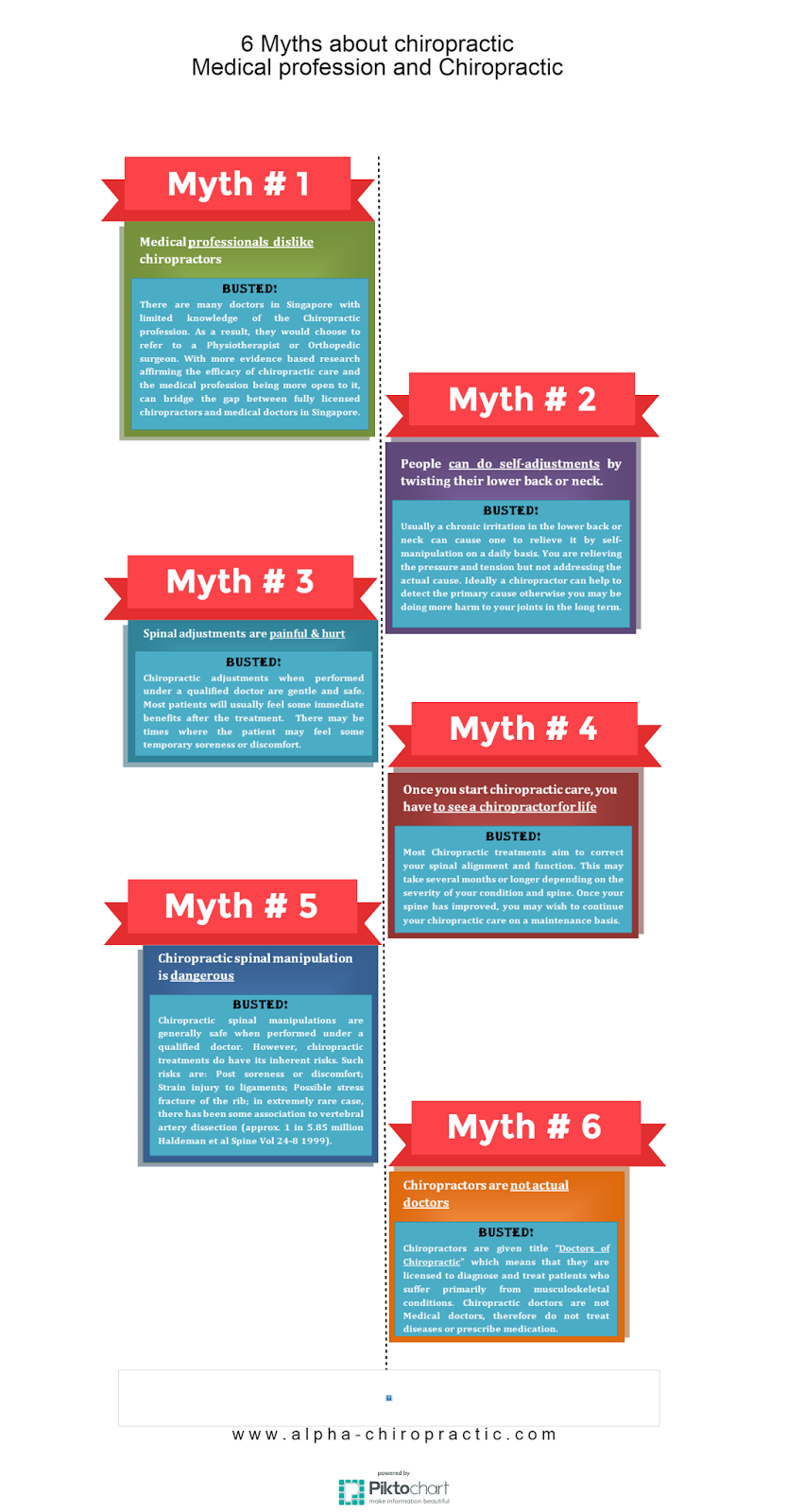Cold Laser Therapy: Comparing Myths And Facts
Cold Laser Therapy: Comparing Myths And Facts
Blog Article
Developed By-Chu Ebsen
You might have listened to conflicting information regarding cold laser therapy, questioning what's true and what's not. As you consider the myths versus the facts, it's vital to separate misunderstandings from scientific evidence. Comprehending the benefits and potential threats can help you make informed choices concerning including this ingenious therapy into your healthcare routine.
Common Misconceptions
Usual misconceptions concerning cold laser treatment can result in complication and hesitation among people seeking alternative treatments. One common myth is that cold laser treatment involves using hazardous radiation. In truth, cold laser therapy uses low-level laser light that doesn't create warm or cause damages to cells.
Another mistaken belief is that cold laser treatment hurts, when in fact, it's a non-invasive and painless treatment. Some individuals likewise think that cold laser therapy is only effective for surface-level problems, such as skin problem. Nevertheless, research has actually shown its performance in dealing with a wide variety of conditions, including musculoskeletal injuries and persistent discomfort.
In addition, there's a false impression that cold laser treatment generates immediate results after a single session. While some clients might experience alleviation after one treatment, a series of sessions is commonly advised for optimal end results. By eliminating these misunderstandings, clients can make informed choices concerning incorporating cold laser therapy into their healthcare routine.
Scientific Evidence
Misconceptions about cold laser therapy can be resolved by checking out the scientific evidence sustaining its effectiveness. Various studies have investigated the performance of cold laser therapy in various clinical problems, such as pain management, tissue repair service, and inflammation decrease. Research study has revealed that cold laser therapy can help speed up the healing procedure by advertising cellular repair and boosting blood flow in the targeted location.
In a study published in the journal Discomfort Study and Administration, researchers located that cold laser treatment significantly decreased discomfort degrees in clients with chronic neck pain compared to a sugar pill treatment.
https://autoinjurychiropractornea17394.luwebs.com/32537579/fed-up-with-the-restraints-of-smoking-cigarettes-discover-just-how-cold-laser-therapy-delivers-a-transformative-solution-to-enable-you-to-give-up-permanently in the Journal of Rheumatology showed the positive impacts of cold laser therapy in decreasing inflammation and enhancing joint feature in people with rheumatoid arthritis.
Advantages and Dangers
What're the possible advantages and risks related to cold laser therapy?
Cold laser therapy offers different benefits such as lowered inflammation, discomfort alleviation, and increased cells repair work. By advertising cellular function and circulation, it can assist in healing injuries, minimizing swelling, and boosting series of activity. In addition, this non-invasive treatment is often quick, pain-free, and requires no downtime, making it a practical choice for numerous individuals.
Nonetheless, like https://www.dynamicchiropractic.com/mpacms/dc/article.php?id=58686 of clinical procedure, cold laser therapy does include some risks. While uncommon, potential adverse effects may consist of mild prickling, short-term skin irritation, or a mild rise suffering. stop smoking with laser to make sure that the treatment is carried out by a certified health care specialist to minimize any kind of damaging effects and make the most of the advantages.
Additionally, cold laser treatment may not be suitable for everybody, especially people with certain clinical problems or expecting females, so talking to a doctor before starting treatment is essential to identify its suitability for your particular situation.
Verdict
To conclude, cold laser treatment is a risk-free and reliable therapy choice for bone and joint injuries and persistent pain conditions, regardless of usual misunderstandings.
Scientific evidence supports its advantages in lowering inflammation, increasing cells fixing, and enhancing cellular feature.
While several sessions may be needed for optimum results, the non-invasive nature of cold laser therapy makes it a useful restorative option for those seeking pain monitoring and recovery.
